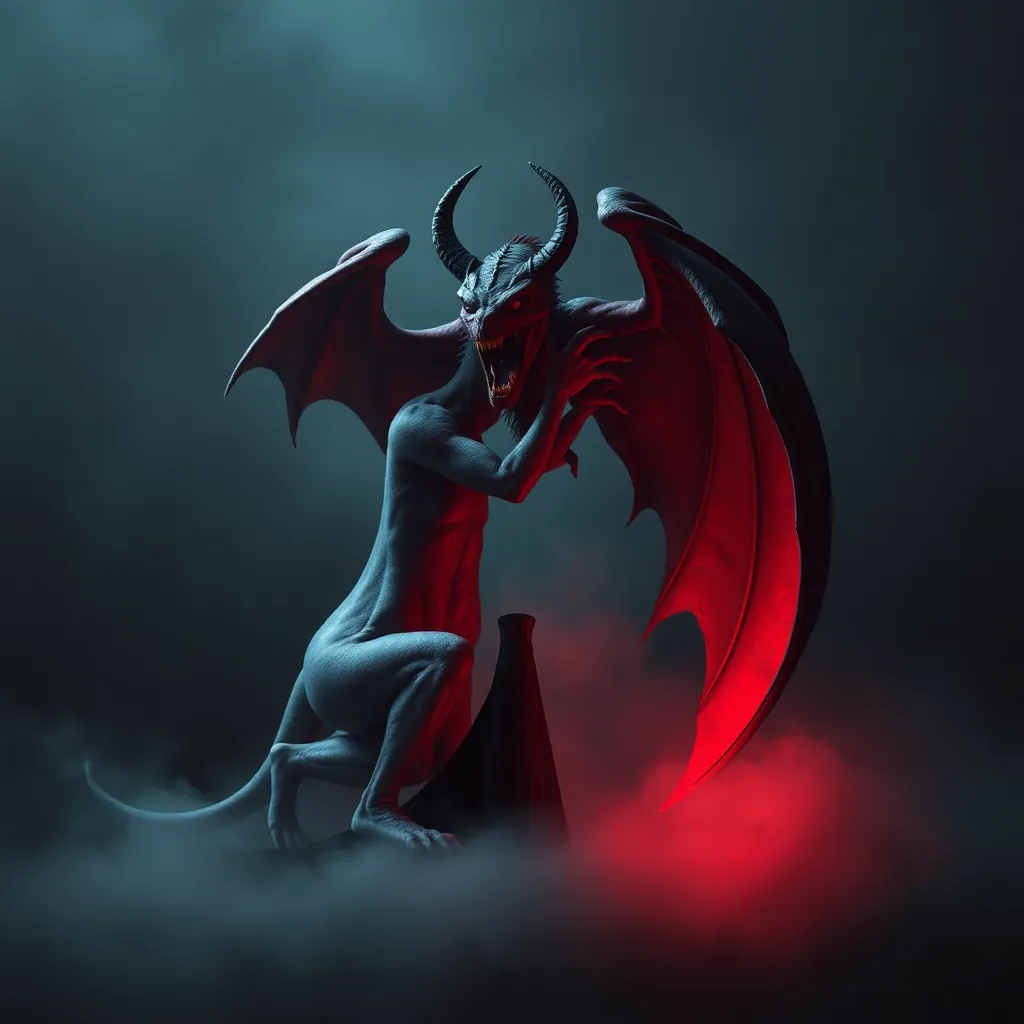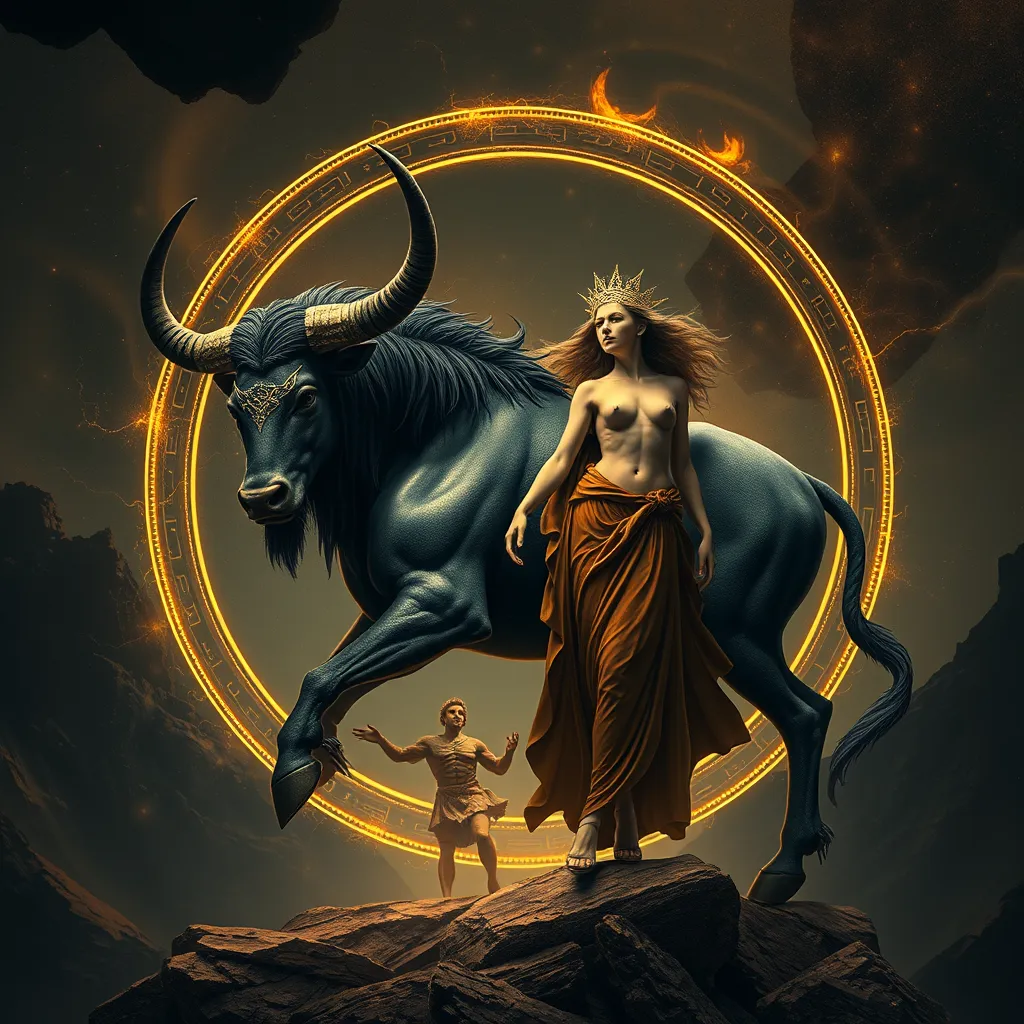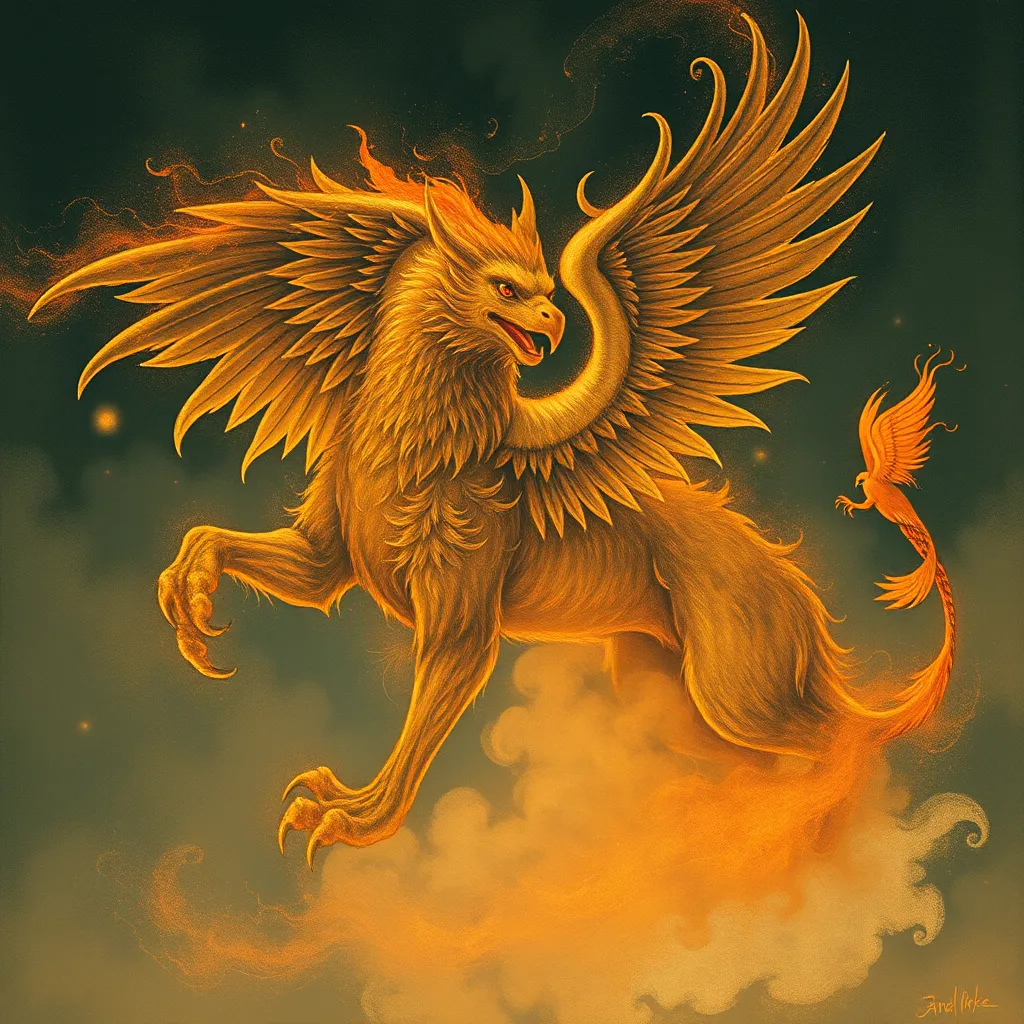The Vampire and the Supernatural: Exploring the Relationship Between Vampires and Other Mythical Creatures
I. Introduction
Vampires have captivated human imagination for centuries, defined as immortal beings that sustain themselves by feeding on the blood of the living. Their significance in folklore spans various cultures and eras, symbolizing a range of societal fears and desires. In the broader context, the supernatural realm encompasses a vast array of mythical creatures, each with its own stories and significance. This article aims to explore the interconnectedness between vampires and other supernatural beings, shedding light on their origins, cultural variations, and the thematic connections that bind them together.
II. Historical Origins of Vampires
The origins of vampire mythology can be traced back to ancient civilizations, where tales of blood-sucking entities emerged as explanations for unexplained phenomena such as disease and death. These early myths often depicted vampires as malevolent spirits or the restless dead. Variations of vampire lore can be found across cultures:
- Eastern European: The Slavic vampire, or “upir,” was often associated with the undead rising from their graves.
- Asian: The “jiangshi” in Chinese folklore is a reanimated corpse that drains the life force of the living.
- African: The “asiman” or “soucouyant” in Caribbean culture is a blood-sucking creature that can shed its skin and fly at night.
Over time, the archetype of the vampire has evolved, influenced by literary works and societal changes, leading to the modern interpretations we recognize today.
III. Vampires and Their Mythical Counterparts
Vampires share the supernatural realm with various mythical creatures, each possessing unique traits and narratives. Some of the most notable include:
- Werewolves: Beings that can transform from human to wolf, embodying the struggle between humanity and primal instincts.
- Witches: Practitioners of magic who often intersect with vampire lore, sometimes portrayed as creators or adversaries of vampires.
- Ghosts: Spirits of the deceased that linger on Earth, often representing unfinished business or regret.
When comparing vampires and werewolves, several similarities and differences emerge:
- Similarities: Both vampires and werewolves often represent the duality of human nature, embodying both the civilized and the monstrous.
- Differences: Vampires are typically associated with seduction and immortality, while werewolves symbolize uncontrollable transformation and the loss of self.
The role of witches and sorcery in vampire mythology cannot be overlooked, as many tales depict witches as either cursing individuals to become vampires or providing them with the means to achieve immortality.
IV. Thematic Connections Between Vampires and Other Creatures
Several themes resonate throughout the stories of vampires and their mythical counterparts:
- Immortality and the Quest for Power: Vampires often embody the human desire for eternal life, reflecting the lengths individuals will go to in pursuit of power.
- Duality of Good and Evil: The narratives surrounding vampires often explore moral ambiguity, showcasing characters that can be both villainous and sympathetic.
- Representation of Fear and Desire: These creatures symbolize deep-seated fears—of death, the unknown, and forbidden desires—making them compelling figures in mythology.
V. Vampires in Literature and Popular Culture
Vampires have been prominent figures in classic literature, often appearing alongside other supernatural beings. Notable works include:
- Dracula by Bram Stoker: A seminal work that defined the modern vampire archetype.
- Frankenstein by Mary Shelley: Although not a vampire tale, it shares themes of monstrosity and the human condition.
- The Complete Works of Edgar Allan Poe: Many stories feature themes of death and the supernatural.
In contemporary media, vampires have continued to evolve, with films, TV shows, and graphic novels offering new interpretations. Series like Buffy the Vampire Slayer and The Vampire Diaries blend romance, horror, and action, reflecting changing cultural attitudes towards both vampires and other supernatural entities.
VI. The Psychological and Symbolic Interpretations of Vampires
Vampires serve as powerful symbols within psychological narratives, representing various societal fears:
- Disease: Historically, vampires have been associated with epidemics, reflecting fears of contagion and death.
- Sexuality: The allure of vampires often intertwines with themes of forbidden desire and seduction.
The psychological allure of the vampire myth lies in its ability to transcend the ordinary, exploring the darker aspects of human nature. The interplay between vampires and other supernatural beings frequently highlights the complexities of desire, fear, and morality.
VII. Contemporary Reinterpretations of Vampire Myths
Modern adaptations and reimaginings of vampire lore have emerged, often blending genres. Contemporary storytelling frequently combines elements of horror, romance, and fantasy, leading to fresh interpretations:
- Young Adult Literature: Series like Twilight reframe vampires as romantic figures, appealing to a new generation.
- Graphic Novels: Titles like 30 Days of Night present vampires in darker, more horrific lights.
As cultural attitudes shift, potential future directions for vampire narratives may include exploring themes of redemption, societal integration, and the consequences of immortality.
VIII. Conclusion
In summary, the exploration of vampires and their relationships with other mythical creatures reveals a rich tapestry of folklore and cultural significance. From their ancient origins to contemporary adaptations, vampires continue to fascinate and provoke thought about humanity’s deepest fears and desires. Their lasting impact on our understanding of the supernatural reflects our ongoing fascination with the unknown, ensuring that vampires and their mythical counterparts will remain integral to storytelling for years to come.



